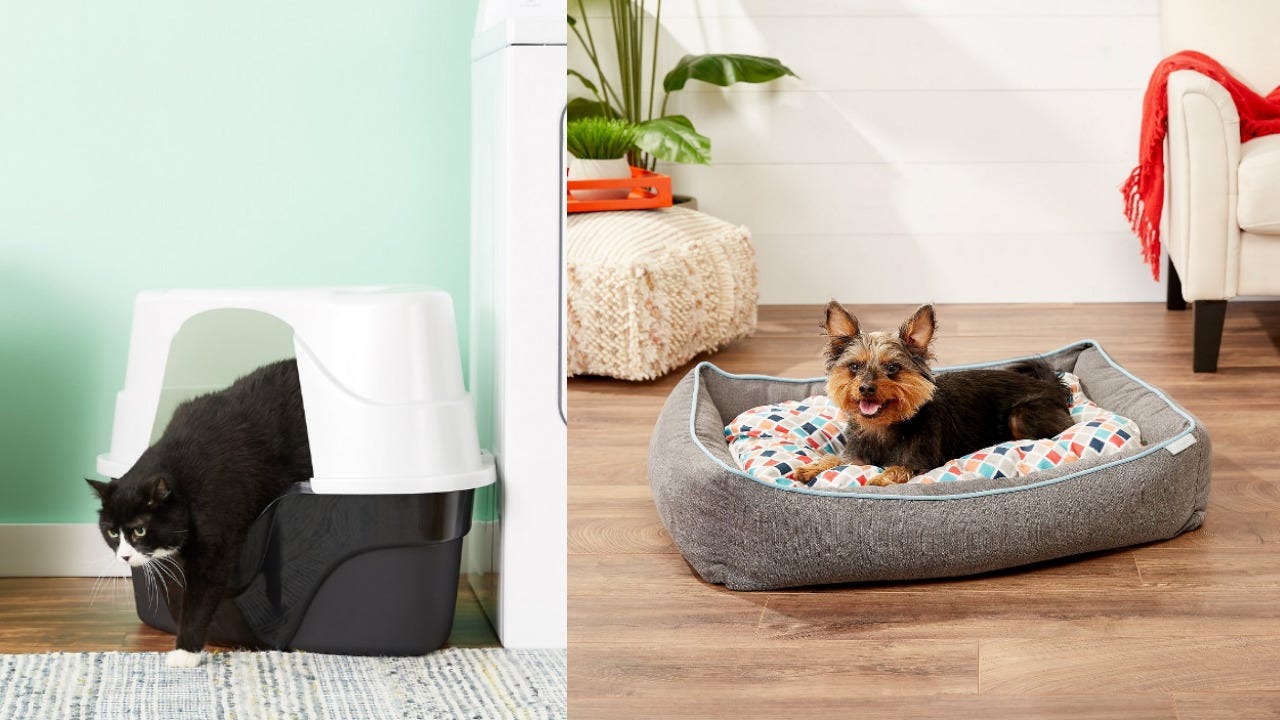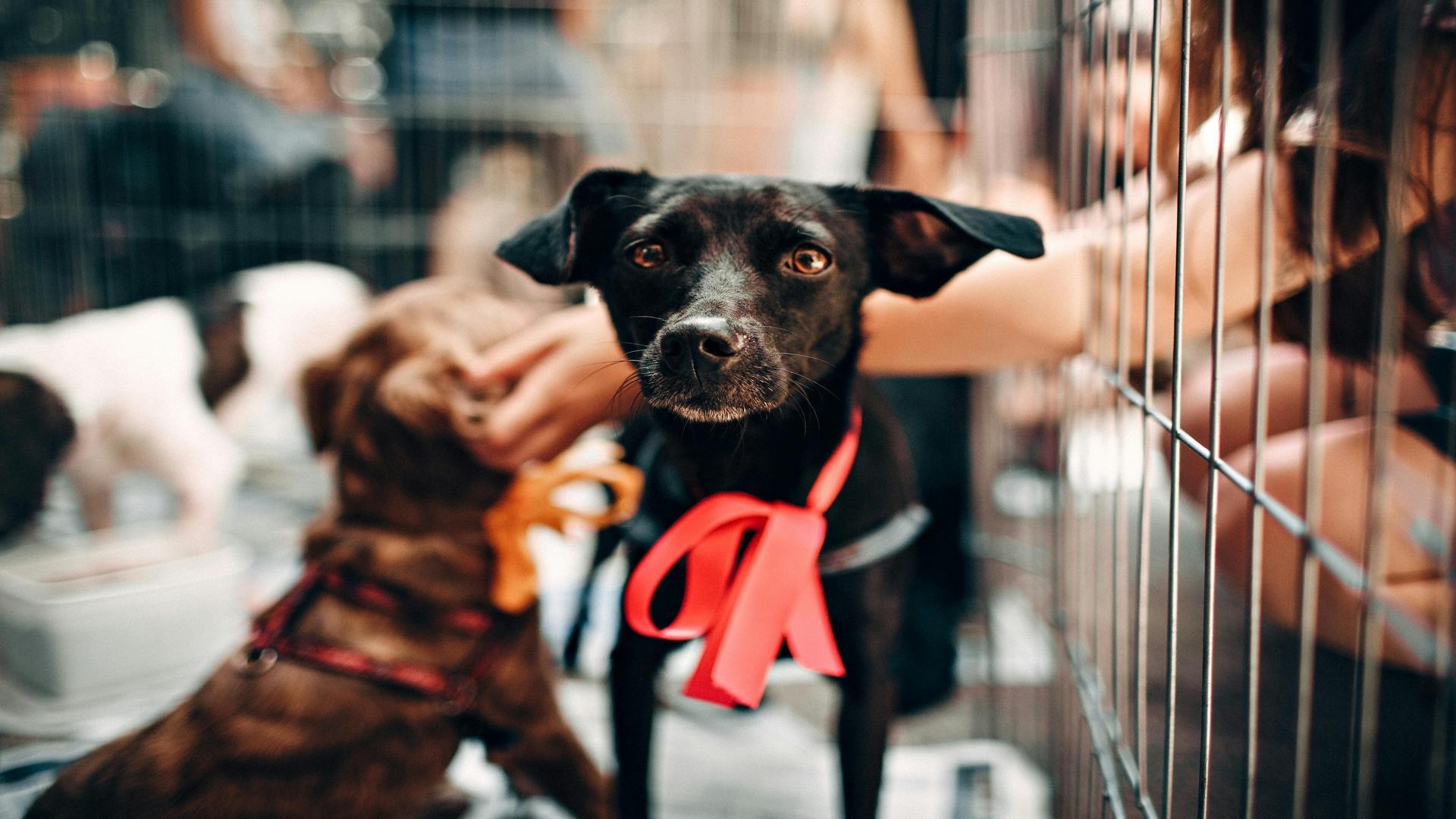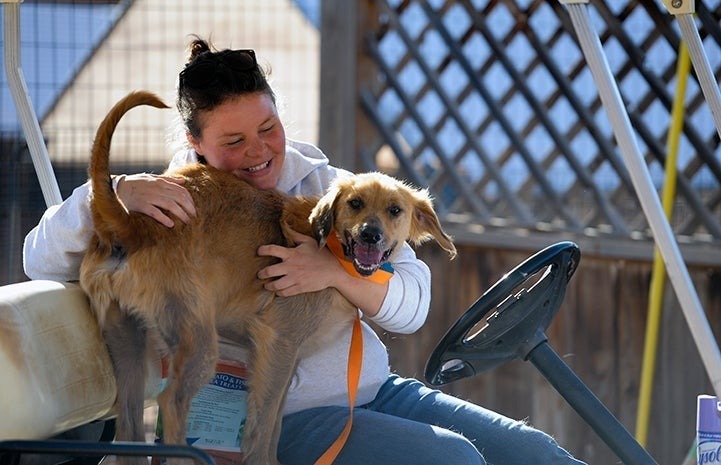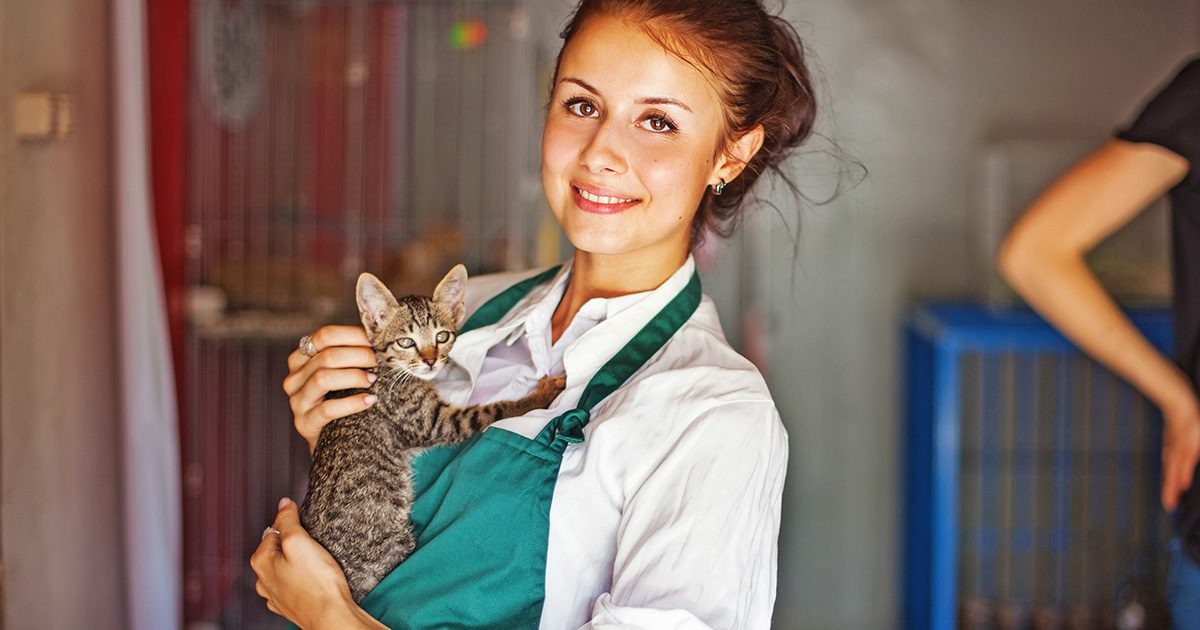Fostering a dog or cat can be one of the most rewarding experiences for animal lovers. Not only do you provide a temporary home for pets in need, but you also help shelters free up space and prepare animals for adoption into loving forever homes. If you’re considering becoming a foster parent for a pet, there are a few important things to know before you welcome a furry friend into your home.
Questions to Ask Yourself Before Fostering a Dog or Cat
Before diving in, take a moment to ask yourself the following questions. These will help you determine if you’re ready to foster a dog or cat and ensure that your experience is positive and safe for everyone involved.
1. Can You Separate the Foster Pet from Your Own Pets?
Foster pets often need time to adjust and may not be familiar with living in a home. Having a separate, pet-proofed space—ideally a room with no carpet—helps keep your foster pet safe and gives your resident pets their own space too.
2. Is Your Home Pet-Proof?
Fostering a dog or cat means creating a safe environment. This includes securing wires, removing toxic plants, and keeping valuable items out of reach. A pet-proof home minimizes the risk of accidents and sets you up for a smooth fostering experience.

3. Are You Comfortable Administering Medication if Needed?
Some foster pets may require special medical care or medication. Be sure to ask about any medical needs before agreeing to foster. It’s important that you feel confident in following care instructions and providing necessary treatment.
4. Can You Quickly Get to a Vet if Needed?
In case of emergencies, you should be prepared to transport your foster pet to the shelter’s veterinarian or a designated clinic. Talk to the shelter or rescue organization in advance to understand the procedures for emergency care.
5. Are You Emotionally Ready to Say Goodbye?
Fostering a dog or cat often leads to emotional bonds, but remember that fostering is a temporary arrangement. When your foster pet moves on to their forever home, it’s because of your care and commitment that they’re ready for adoption.
6. Can You Communicate the Adoption Process Clearly?
Friends or family may fall in love with your foster pet, but it’s important they follow the proper adoption process through the shelter or rescue group. Be prepared to direct any interested adopters to the appropriate application or procedure.

What Makes a Good Foster Pet Parent?
Successful fostering requires compassion, patience, and some understanding of animal behavior. It’s also essential that everyone in your household, including roommates or family members, agrees to welcome a foster pet into the home.
Most shelters will ask you to fill out a foster application and may require attendance at a training session. A staff member might even conduct a home visit to ensure your space is suitable for the pet.

Understanding Foster Policies and Procedures
Every organization has its own rules for fostering a dog or cat. Here are some common guidelines:
-
A foster coordinator will match you with a pet based on your preferences and experience.
-
Many organizations require that your personal pets are up-to-date on vaccinations.
-
Supplies like food, litter, and crates may be provided by the shelter or rescue.
Always ask about the specific policies of the organization you’re working with before bringing a pet home.

How to Prepare Your Home for a Foster Pet
Whether you’re fostering puppies, kittens, adult dogs, or senior cats, preparing your home is key to a successful experience.
Supplies You May Need:
-
Safe, enclosed space: This could be a crate, cardboard box, or a cozy carrier.
-
Clean water: Always provide fresh, clean water in a shallow bowl for younger pets.
-
Pet food: The shelter will guide you on what to feed and how often. Some animals may need special diets or supplements.
-
Litter box (for cats): Most cats will use a litter box instinctively. For kittens under four months, non-clumping litter is often recommended.
-
Heating pad or warm blanket: Especially helpful for young animals, but ensure there’s space for them to move away if they get too warm.
-
Toys and enrichment: Soft toys, chew toys, and basic enrichment tools keep pets engaged and reduce stress.
-
Cleaning supplies: Enzymatic cleaners help manage any accidents and keep the area tidy.
-
Optional extras: A small scale for tracking growth in kittens, scratching posts for cats, or even pet-safe carriers for trips.
Pet-Proofing Tips:
-
Remove any small or sharp objects from pet-accessible areas.
-
Secure electrical cords and keep breakable items out of reach.
-
Make sure any windows, balconies, or staircases are safe and enclosed.

Returning the Foster Pet to the Shelter
The length of time a foster pet stays with you can vary. Shelters base adoption readiness on factors such as:
-
Is the pet a healthy weight?
-
Has the animal fully recovered from any illness or injury?
-
Is the pet fully weaned and eating independently?
-
Has the animal been properly socialized?
-
Is there space at the shelter or in an adoptive home?
Because these factors can change, the original return date might be adjusted. Stay in contact with the foster coordinator and be flexible with your schedule when it’s time to bring the pet back for adoption.

Final Thoughts on Fostering a Dog or Cat
Fostering a dog or cat is an incredible way to support animal welfare. You’ll be helping a pet transition from the shelter to a permanent, loving home. While it requires time, patience, and preparation, the rewards are immeasurable. You provide safety, love, and a critical stepping stone to adoption.
If you’re ready to take the next step, reach out to your local animal shelter or rescue organization to learn more about their foster program. Your temporary home could make a lifelong difference for a dog or cat in need.















Leave a Reply